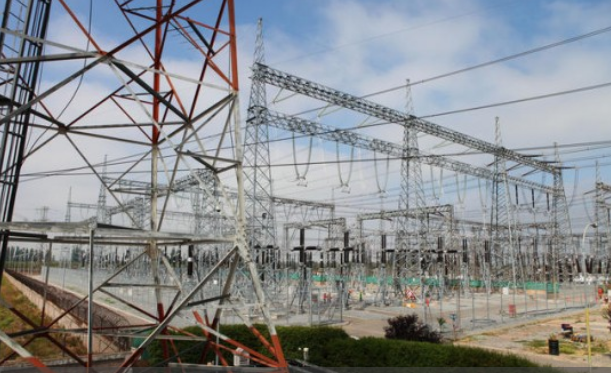
ELECTRICITY MAGAZINE
The new Complementary Services regime, transmission expansion and the long distribution law are some of the relevant issues to be addressed by the industry.
The quality of service in distribution, payments for power, slack in the transmission expansion plan, the monitoring of the new regime of complementary services and the processing of the so-called Long Law for distribution will be the main challenges that the national electricity sector will face during 2020, according to estimates by the consulting firm SystepEngineering.
In the last sectorial report of 2019, the consulting firm led by Hugh Rudnick indicates that the quality of service of electricity distribution in 2020 must face the increase of 26% of the current regulatory requirements, in line with the goals defined in the national energy policy, so the document argues that “it is essential that the costs and potential benefits are known and reported every time a public policy objective is defined in any matter, particularly in the electricity sector, where most of the modifications are solved from the demand side”.
Another relevant point for the sector, mentioned in the report, is payments for power: “We must question ourselves as to what level of sufficiency we require and at what cost. A pending challenge is to advance towards competitive mechanisms to remunerate capacity, given that the current administered price scheme may not necessarily respond to an efficient allocation of resources (given the absence of competitive mechanisms in its definition)”.
“This would be analyzed in the Flexibility Strategy, but it will be important to make an appropriate distinction between sufficiency issues and those related to security of supply,” the analysis stated.
In terms of transmission, it is imperative to “ensure that the transmission clearances are
defined in the Expansion Plans are efficient. For this, it would be desirable that all Long Term Energy Planning (LTEP) scenarios be considered.”
Complementary Services
The new Complementary Services regime, as of January 1, according to Systep, poses the challenge of monitoring it, “ensuring that it does not introduce an unjustified price increase, which would be difficult for the community to understand, since the requirements for the resources to be auctioned in the short term will be similar to those required and paid today”.
“Key to this is that the new booking market facilitates the entry of new agents (i.e. demand response), so that the costs of providing complementary services can be effectively reduced,” it adds.
Reform
The report states that in the draft “long law” on distribution, which will be submitted to Congress early next year, “the incorporation of the energy trader is presented as an alternative to increase competition in the segment of retail sales to end customers”.
It is pointed out that, within this framework, the regulatory discussion should consider issues such as “the design of contracts between marketers and end customers, and what relationship, if any, there is with the long-term supply contracts currently awarded”.
“In this sense, how to ensure the sufficiency of the system in the long term is an aspect to be examined under this scheme. On the other hand, it is worth asking who will be able to become marketers and to what extent the integration of existing distributors will be allowed”, it concludes.
Bids
Finally, the report addresses the electricity supply tenders for regulated customers to be held next May, where it states that “given the new economic scenario, with a higher country risk, it remains to be seen whether the prices resulting from this process will follow the downward trend that has been observed in recent years”.
Furthermore, it adds, the new tariff stabilization mechanism, “although not applicable to this bidding process, introduces a sense of regulatory risk that could be reflected in the final prices”.
“On the other hand, the discussion on the design of contracts and potential modifications to the supply bidding mechanism that will come with the discussion of the long distribution law is presented as an additional uncertainty for the participants of the 2019/01 bidding,” it is sentenced.





